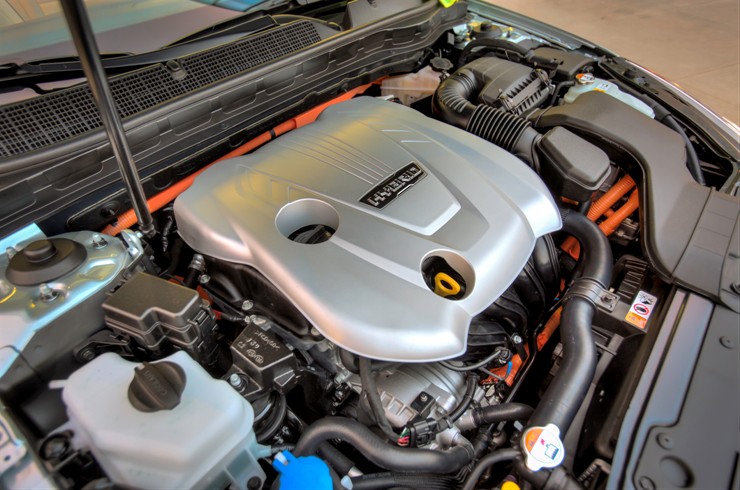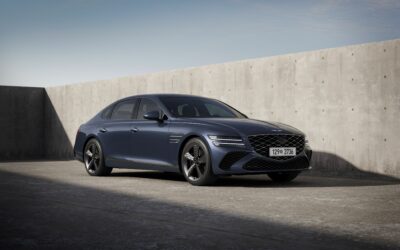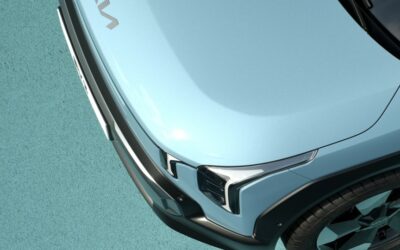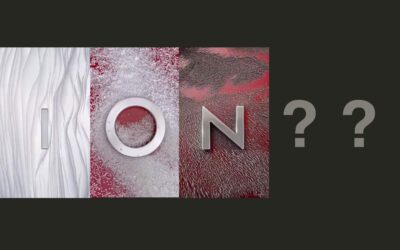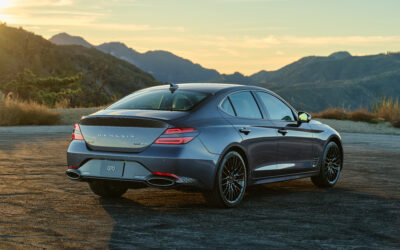As we posted here on Tuesday, Chung Mong-Koo, chairman of Hyundai Motor Group, demanded executives and employees to upgrade the fuel efficiency of Hyundai–Kia cars by 25 percent by 2020.
[ads id=”0″ style=”float:left;padding:9px;”]Today we known more about this plans. Hyundai and Kia wants to become the world’s second biggest manufacturer of environmentally friendly cars by 2020.
The automakers announced the plan to assuage concerns among foreign investors about its future after their purchase of a colossally expensive piece of prime real estate in southern Seoul for their new headquarters.
The gist of the plan is to expand Hyundai and Kia’s current lineup of seven hybrid, electric and hydrogen-fuel-cell-powered cars to 22. Here’s the current list:
- Hyundai Sonata HEV.
- Hyundai Grandeur HEV.
- Kia K5 HEV.
- Kia K7 HEV.
- Kia Soul EV.
- Kia Ray EV.
- Hyundai Tucson Fuel Cell Hydrogen.
Hybrid cars will make up the bulk of their initiative to take on Toyota, the world’s leading manufacturer of hybrids. The carmakers say they will unveil 14 new hybrids, one hydrogen fuel cell model and one electric model by 2020.
They have already developed a hybrid model similar to the Toyota Prius that is undergoing final tests in the U.S. with the view to a release next year. It features an entirely different design with extensive use of high-tech materials that lightens vehicles considerably, they said. Kia will use this platform to launch a Hybrid SUV (Read more about this future model here).
The hybrid line-up will expand to include compacts, compact sedans and SUVs as Hyundai is widely expected to roll out hybrid versions of the Accent and Tucson within four to five years. It will also produce six plug-in hybrid models beginning with the Sonata mid-sized sedan next year.
Hydrogen fuel vehicles will expand from the existing Tucson to another model.
A Hyundai source said, “The company will focus its energy on the hybrid market because it’s thought to have greater potential than the electric vehicle market where you have to build recharging stations and other infrastructure.”


